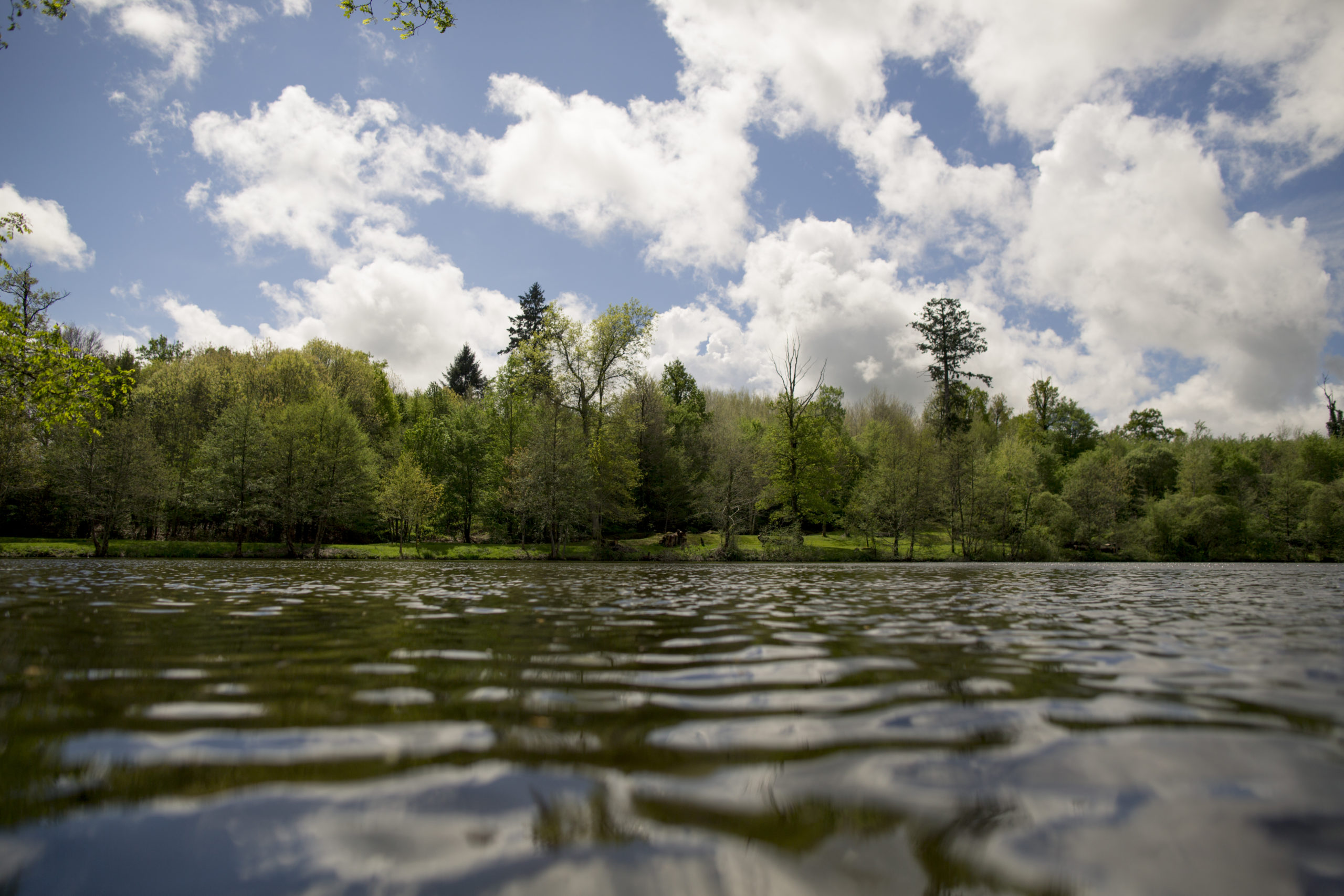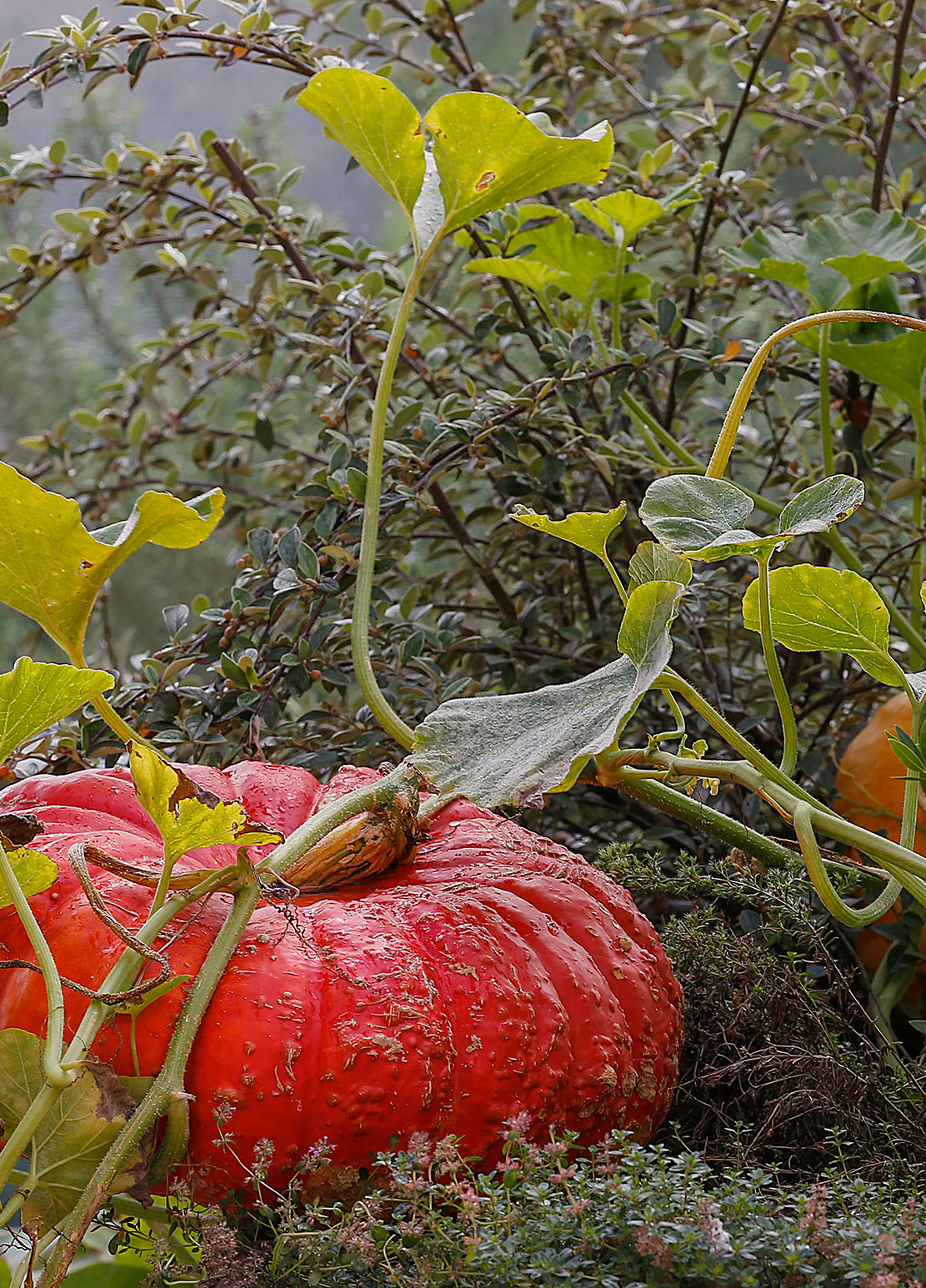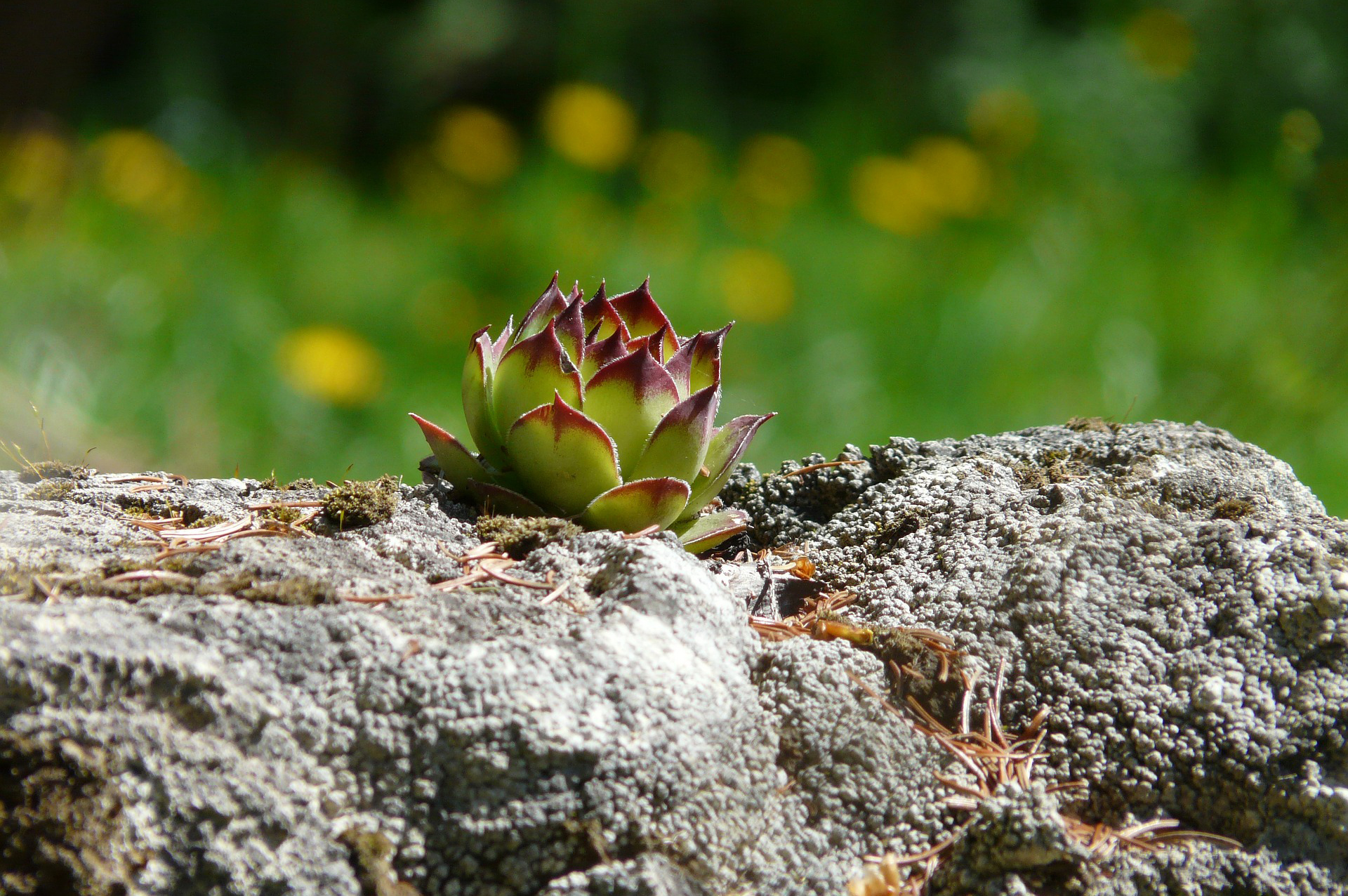There is so much to do in nature: moving, breathing, observing.
It holds out its arms to us with weather that is cooler than in the city and invites us to reconnect. Its many worlds, full of magic, can be discovered by those who set out to explore it.
Here are some ideas to enjoy moments of well-being in nature:
BIRD SPOTTING
In forests or in hedges, bird watching is a relaxing activity filled with beautiful surprises. With a pair of binoculars and a bird guide, identify the birds and listen to their melodious songs in the foliage. Why not record them, to listen to them again later?
You will be amazed by those species that only appear in the quiet of nature.
ENJOYING A GOURMET PICNIC
Having lunch in the shade of a tree after a good walk is one of life’s exquisite pleasures. Here is a gourmet recipe to enjoy on the go during your hike.
The Mediterranean sandwich
You will need :
– 1 loaf Viking bread
– 2 tablespoons basil/arugula pesto
– ½ diced mozzarella di bufala
– shredded parmesan cheese
– grilled aubergines, courgettes and peppers
Grill the vegetables, slice the bread and fill with all the ingredients: that’s all there is to it for a taste of the South.
CATALOGUING FLOWERS
Flowers are evidence of the biodiversity of an ecosystem. Many of them are linked to a specific pollinator and this pollinator is linked to other animal species. The presence of several species reveals a rich fauna.
With the help of a field guide, identify the floral species you encounter and gain an overview of the varieties that grow on the land you are exploring.
A herbarium is ideal for creating poetic souvenirs or a natural home decoration.
TELLING STORIES
Forests tell many stories and the presence of certain plants or trees sheds light on the past. This is the case of chestnut groves, forests of chestnut trees. These trees were cultivated for the flour made from their fruit.
In Europe, many regions cultivated chestnuts to feed the populations. This type of forest is evidence of a long-standing human activity.
PICKING FRUIT FOR JAM
Picking wild fruit is a pleasure that always produces a secret satisfaction. Filling their basket, contemplating it, tasting the berries: pickers appreciate what nature offers.
In summer, raspberries, blackberries and blueberries are picked in the wild. Here is our recipe for blueberry-blackberry jam. You will need :
– 600 g blueberries
– 400 g blackberries
– 800 g granulated sugar
– juice of a small organic lemon and some zest
Wash the fruit well and leave to macerate for 5 hours with half the sugar and the lemon juice and zest. Then place in a saucepan and cook over a low heat until it thickens. Placing a drop of the mixture on a plate will help to appreciate its consistency. Stir well and remove the scum regularly.
All you then have to do is place it in sterilised jars.
You now have a homemade, antioxidant jam that will delight everyone.
All these activities allow you to be in nature, to enjoy your holidays and to feel a vital sense of well-being.
What are your favourite nature activities?



